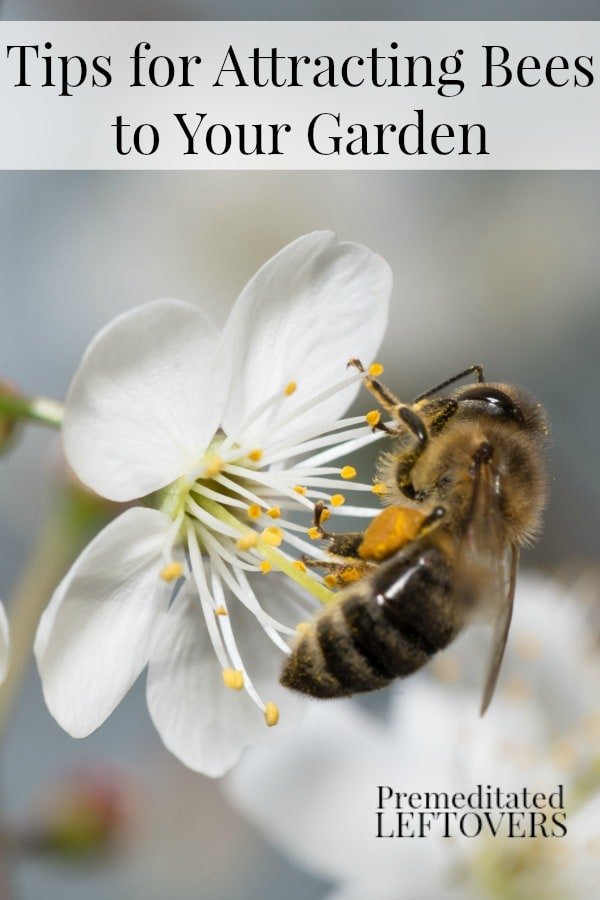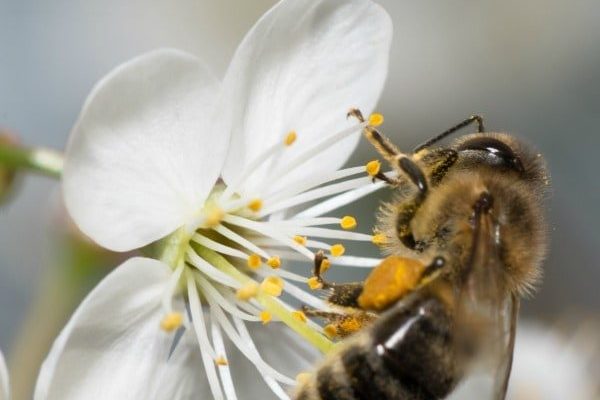
If you’re looking to attract mining bees to your garden, think of it like inviting your friends over for a BBQ. You need to set the perfect environment, offer the right snacks, and give them a space they feel comfortable in. By creating a welcoming habitat, you’ll not only enjoy the beauty of your garden but also the vital pollination services these bees provide. So, let’s roll up our sleeves and dig into how you can create an inviting home for mining bees!
Understanding Mining Bees: The Basics
Mining bees, part of the Andrenidae family, are fascinating creatures. Unlike social bees that live in colonies, these bees prefer to go solo. They typically dig small burrows in the ground to lay their eggs. You might think of them as the introverts of the bee world—doing their own thing but still contributing significantly to the ecosystem. In spring, when flowers bloom, mining bees emerge to forage for nectar and pollen, making them essential for pollinating various plants, including fruits and vegetables.
One of the most interesting things about mining bees is their nesting behavior. They love sandy or loose soil, where they can easily dig their burrows. This makes them a bit different from other bees, who might prefer to nest in wood or hollow stems. So, if your garden soil is more compact or clay-based, it might take a little effort to create an inviting environment for these solitary bees.
You might be wondering why it’s essential to attract mining bees in the first place. Well, studies show that these bees are often more effective pollinators compared to honeybees because of their unique foraging behavior. By bringing mining bees into your garden, you’re not just inviting some pollination help but also supporting local biodiversity.
Creating the Right Habitat
To attract mining bees, the first step is creating a suitable habitat. They prefer areas with sunlight and minimal disturbance, so think about a quiet corner of your garden. If you have a patch of bare ground or sandy soil, that’s gold for these bees! The less you disturb the area, the more likely they are to take up residence.
You can also enhance their environment by incorporating *native plants*. Native flowers not only provide food for mining bees but also thrive in your local climate conditions. Consider planting:
- Bee balm
- Wildflowers
- Lavender
- Echinacea (Coneflower)
By creating a mix of these plants, you’ll provide a buffet of food sources for mining bees throughout their active season.
Another critical aspect is to avoid using pesticides or harmful chemicals in your garden. Pesticides can deter not only mining bees but almost all beneficial insects. Adopt organic gardening methods and consider natural pest control options, such as introducing beneficial bugs or using plant-based repellents.
Soil Health: A Key Factor
The health of your soil plays a vital role in attracting mining bees. They thrive in loose, well-aerated soil that allows them to dig their nests easily. If your garden soil is compacted, consider aerating it. This helps improve the soil structure and drainage, making it more inviting for mining bees.
You can also enrich your soil with organic matter. Compost is fantastic for this! It not only provides nourishment for plants but also contributes to better soil texture. You might even want to create a little “bee haven” by leaving some areas of soil bare, as mining bees prefer nesting in undisturbed ground.
In addition to texture, keep an eye on moisture levels. Mining bees need slightly moist but well-drained soil, especially during their nesting period. If your garden tends to dry out, consider adding a drip watering system or planting rain gardens to maintain the right balance.
Attracting Female Mining Bees
When it comes to attracting mining bees, female bees are the key players. They are the ones that dig burrows and lay eggs. To make your garden particularly enticing for them, you need to provide the right nesting materials. Female mining bees look for loose soil or sand where they can create their homes.
Create small patches of bare ground with different soil types to maximize your chances. You might even want to create small piles of sand or grit near your flower beds. This can simulate a natural environment and encourage them to settle.
Timing is also essential. Female mining bees emerge early in the spring when the weather is warm and they can find food. Plant flowers that bloom during this time, and you’ll have a better chance of attracting them. Look for early bloomers like crocus, snowdrops, and certain types of wildflowers.
Planting the Right Flowers
Planting flowers that mining bees love is crucial. These bees are particularly fond of native flowers, which often provide the best nutrition. Think about incorporating a variety of flowering plants that bloom at different times throughout the growing season.
Some great choices include:
- Goldenrod
- Asters
- Thistles
- Black-eyed Susans
By strategically planting these flowers, you provide a consistent food source for mining bees from early spring through late summer. Not only does this attract mining bees, but it also makes your garden look vibrant and lively.
Another tip? Group your plants in clusters instead of spacing them out. Bees are more likely to visit when they see a patch of color rather than isolated blooms. Plus, it creates a more appealing sight for you and the bees alike!
Be Patient and Observe
Attracting mining bees to your garden is not an overnight task; it takes time and patience. Once you’ve set the stage, give it some time to see if they move in. Observe your garden during the spring and summer months, and you might spot these delightful little pollinators buzzing around!
You might not see them every day, but look closely. These bees are often active in the early morning or late afternoon. Grab a cup of coffee, sit back, and enjoy watching nature unfold.
If you don’t see the desired results right away, don’t get discouraged! It can take a season or two for mining bees to discover your garden. Just keep nurturing the environment, and with time, you’ll likely see them taking up residence.
Attracting mining bees to your garden is a rewarding journey. Not only do you get to enjoy the beauty of nature, but you also play a vital role in supporting local ecology. By creating the right habitat, maintaining healthy soil, and planting the right flowers, you’ll turn your garden into a bee-friendly paradise.
Remember, these tiny pollinators are important players in the garden ecosystem. As you nurture your space, think of the vibrant life you’re encouraging. With a little patience, you’ll have a bustling garden filled with mining bees, and who knows—you might just find yourself falling in love with these fascinating creatures along the way. Happy gardening!

